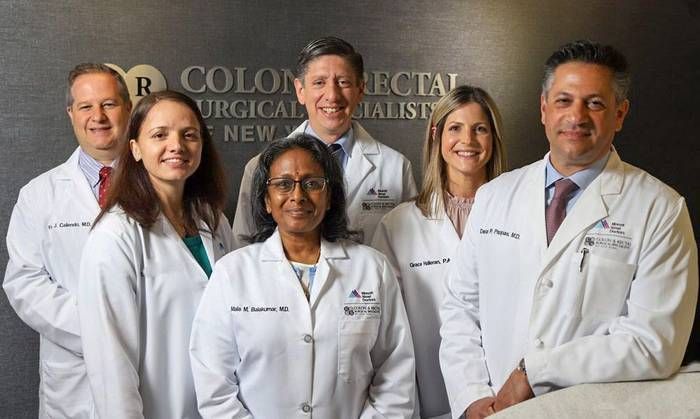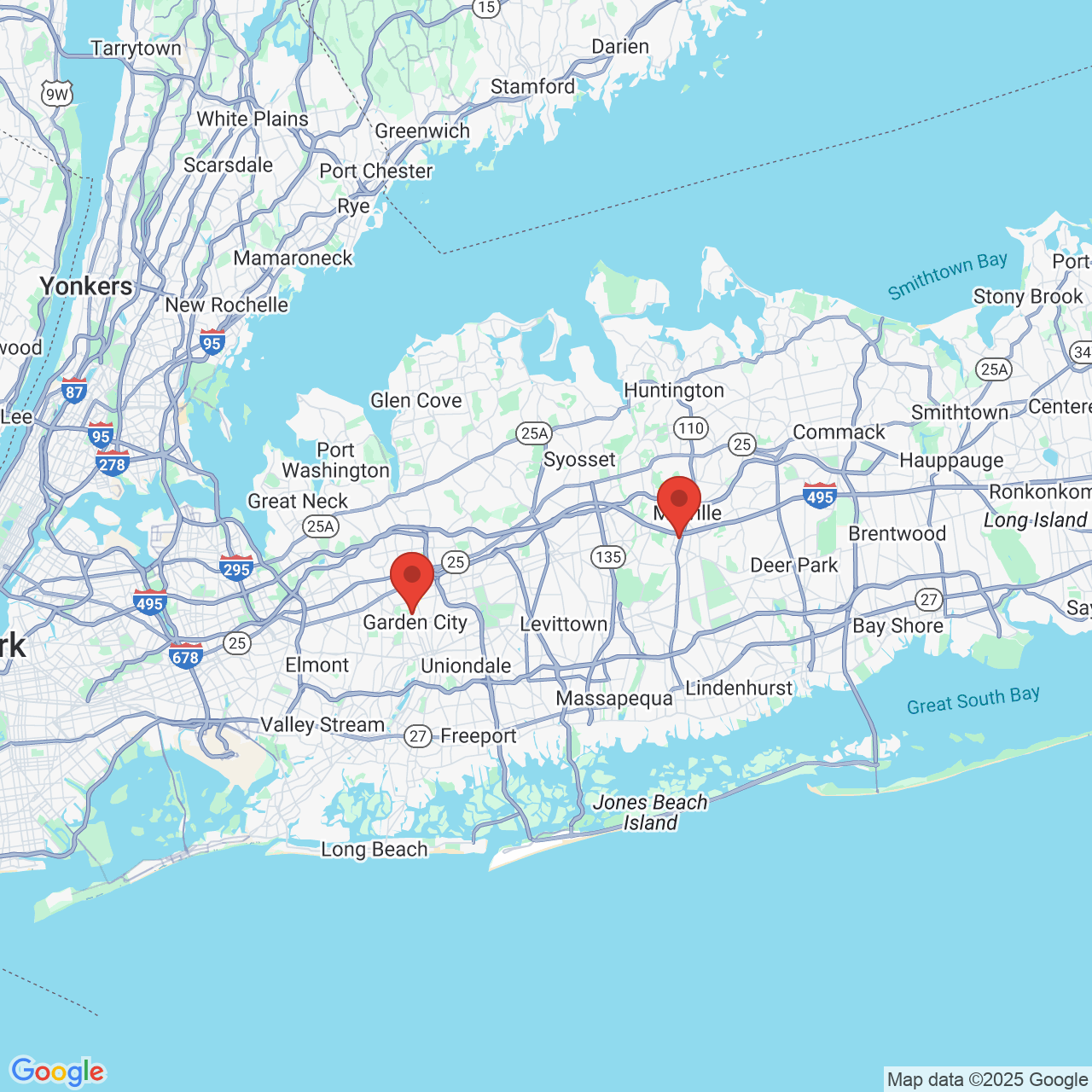
BY DEAN PAPPAS M.D.
The primary risk factor for developing colon polyps is being over the age of 50. That is why routine colonoscopies are recommended for individuals within that age group. If you are diagnosed with this condition, colon polyps removal can eradicate the problem at its source.
The doctors at Colon & Rectal Surgical Specialists in Long Island, NY have outlined what to expect during your upcoming treatment.
Colon Polyps: A Brief Overview
A colon polyp is defined as an abnormal growth or bump on the colon lining. Polyps can range drastically in size; some are as small as one millimeter, while others can grow to be several centimeters wide.
The majority of colon polyps are not pre-cancerous. However, with a significant link between specific types of polyps and colon cancer, the most recommended treatment for polyps is removal, or a polypectomy.
When Is a Polypectomy Performed?
Generally, if colon polyps are found, they are removed during your routine colonoscopy screening. This is because a polypectomy does not necessitate any additional anesthesia or sedation.
Therefore, if polyps are discovered, you can have the problem conveniently addressed during the same appointment. If your doctor discovered polyps during a flexible sigmoidoscopy, then a colonoscopy will be performed in order to remove the abnormal tissue.
How Is a Polypectomy Performed?
To perform your colonoscopy, the doctor will insert a colonoscope, a thin, flexible tube with a camera, into your rectum. This will allow the doctor to visualize all portions of your colon.
The method of polyps removal performed will depend on the type of abnormalities discovered. However, on average, the procedure takes less than one hour to complete.
Polyps that are less than five millimeters in diameter can be easily removed with biopsy forceps. Larger polyps are often removed using the snare method. A snare polypectomy involves wrapping a heated wire around the base of the abnormal tissue. Any residual tissue is then cauterized.
If a polyp is especially large or in a challenging location, it can be removed using endoscopic submucosal dissection (ESD) or endoscopic mucosal resection (EMR).
During ESD, a saline injection is administered deep inside the tissue, and the polyp is then removed in one piece. In EMR, the fluid injection is given, and then the polyp is removed in multiple sections, one piece at a time. Extremely large polyps may require bowel surgery.
What Happens Next?
Once the polyps have been removed, they will be submitted to a pathology lab for further analysis. The pathology lab will then issue a report to your doctor. This process generally takes between three to seven days.
If the polyps are small and benign, you may not require further monitoring, aside from routine colonoscopies. If the polyps were large in size, your doctor may wish to see you for more frequent follow up visits, even if the tissue was benign.
If cancerous or pre-cancerous tissue is identified, your doctor may refer you to an oncologist for further assessment.
Healing and Recovery
Due to the sedation, patients should not drive for 24 hours following a colonoscopy or polypectomy procedure. Otherwise, recovery is typically fast. You may experience bloating, mild cramps, or gassiness. However, these symptoms usually diminish within the first day or two.
Learn More about Colon Polyps Removal
To learn more about routine colonoscopies, polyps removal, or general colon health, schedule a consultation with our doctors. Call our office at (516) 217-8626 or contact us online.

